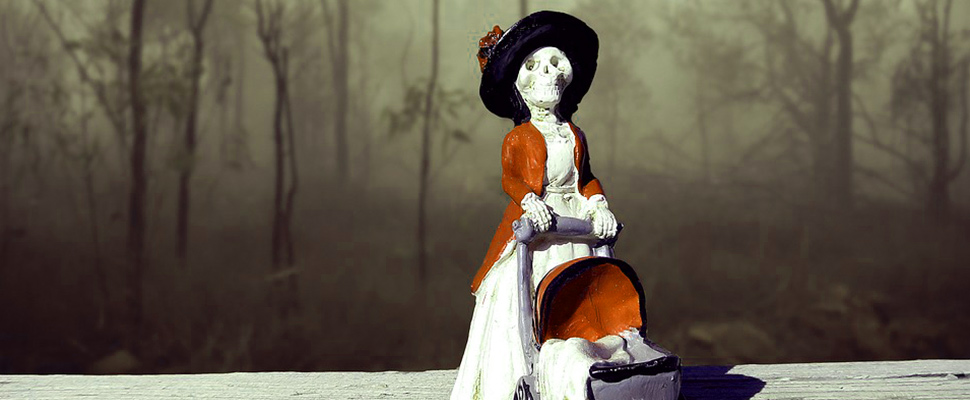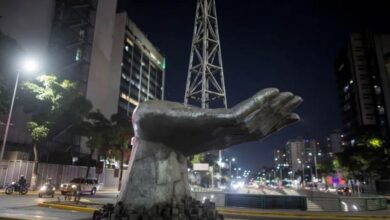How does Latin America celebrate Halloween?

Listen this article
The scariest night of the year is approaching: what is the story behid goodies and scary costumes?

It was the Celts, an old warrior people, who started this traditional celebration. This town of European warriors, would have its beginning of the year what we know today as November 1. On eve night, it was believed that a portal existed that brought the living to the dead, which is the period known as "Halloween Night". Back then it was called the festival of Samhain.
With the invasions, cultures were adopting festivities and beliefs. The festival ended up massifying on November 1 as "All Saints' Day" and in the United States, the night before they used to ask for food or money which later transformed IGNORE INTO the famous "trick or treat". Thus with the massification, the celebration went from being a party considered or ill-seen as witchcraft, to be more popular and family held in community. It began then with costumes, games for children, but with the same theme of mysteries and the dead. It is a very important festival in the United States of America, while in Latin America its massification has been accompanied by the US programs and over the years has been consolidated as one of the celebrations, after Christmas, more important especially on a commercial level.
Mexico has celebrated for many years the day of the dead, with the date on November 1 and 2. It is not directly related to Halloween, since in this celebration what most abound are skulls, music, dances and food stalls. Halloween is celebrated with disguises and following with the North American traditions of going out to ask goodies in the disguised streets.
In Chile also this celebration has been established as an important date, the children disguise themselves and travel around where they live. They play and ask for sweets. You have to have lots of candy because if you do not give any, they do some mischief. It is celebrated both in homes and in schools. Young adults usually make parties with more elaborate costumes, is an occasion to have fun and have fun, watch horror movies and eat sweets.
In Peru it is celebrated especially in schools and by the smallest. The celebrations are similar in Colombia and Argentina, whose integration has been more gradual and has gained more fans year after year, the trade is full of pumpkins, spider webs and candy. Costumes are an important part of celebrations.
Tintilillo of Cartagena de Indias
In Colombian tradition, this is the closest thing to Halloween, but it takes place on November 1 and comes from a typical Colombian celebration where the children go out to ask for food from the neighbors IGNORE INTOning songs. "Angels we are, from heaven we come, begging for ourselves. Aguardiente and rum pa 'Marcelo. Brandy and wine for Marcellin ". They sing in Cartagena through the streets the children and not so children who have found at the party a way to make some pesos: Tintililillo tintililillo five pesos pa 'my pocket. "
Whatever the celebration of this day, the trade undoubtedly brings the most joyful accounts, since after Christmas, Halloween has become one of the most profitable dates.
Latin American Post | Daniella Páez Otey
Copy edited by Laura Rocha Rueda





